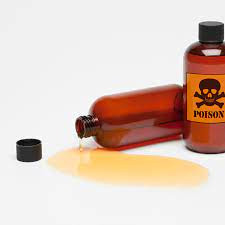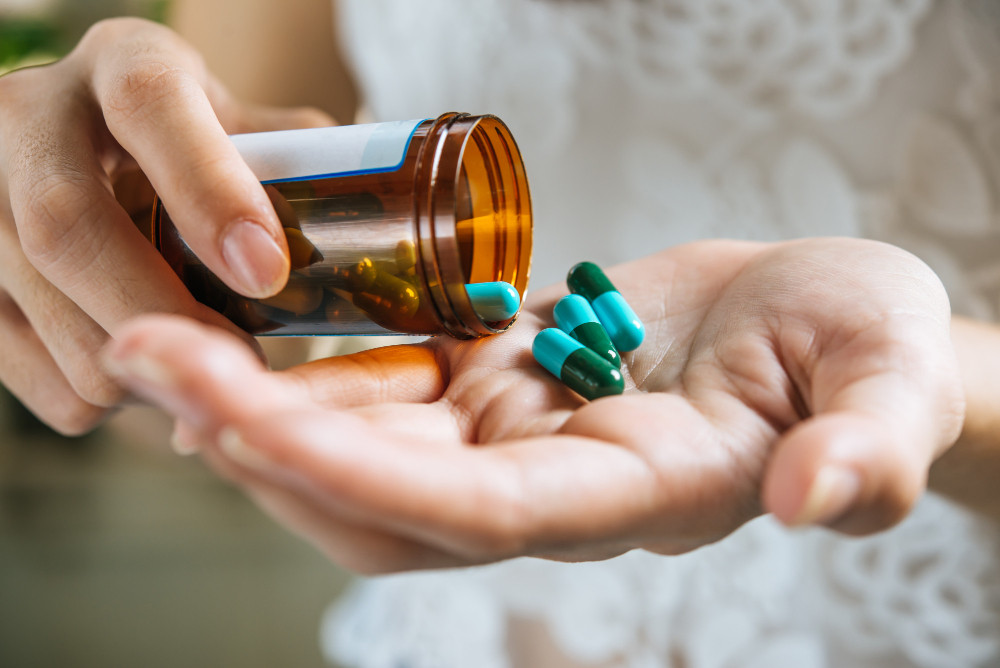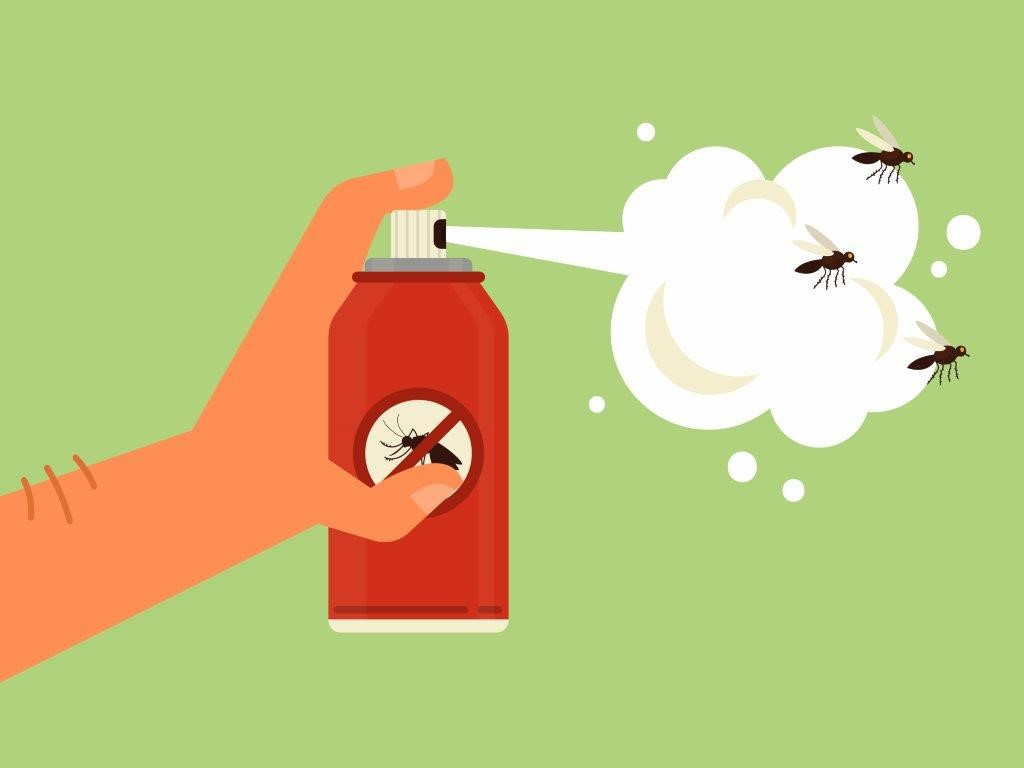Definition
Chemical intoxication, commonly known as chemical poisoning, is a condition resulting from the entry of harmful chemicals into the body, causing illness, injury, or death. Essentially, chemicals are substances with a specific chemical structure, but in the context of poisoning, this refers to man-made substances such as pesticides, household cleaning products, medications, toxic gases, etc.
Chemical intoxication is more frequent among children, especially those under the age of five, due to their heightened sensitivity even to small amounts of certain substances. These incidents usually occur at home.
Chemical intoxication can be categorized into:
1. Unintentional Intoxication
Unintentional poisoning frequently occurs in young children, who are naturally curious and prone to exploring their surroundings, making them highly susceptible to accidental poisoning at home. Besides children, unintentional chemical intoxication can also occur in adults who mistakenly consume the wrong medication or in factory workers exposed to toxic chemicals at their workplace.
2. Intentional/Planned Intoxication
Intoxication can also be a deliberate attempt to commit murder or suicide. Many adults who attempt suicide ingest multiple drugs and alcohol simultaneously. Poisoning may also be used to incapacitate someone for purposes such as assault or robbery.
Causes
Chemical intoxication arises from the entry of harmful chemicals into the body through various routes, including:
- Ingestion: Swallowing chemicals through the mouth and digestive system.
- Inhalation: Breathing in toxic fumes, gases, or anesthetics.
- Injection: Introducing chemicals directly into the skin, muscle, or bloodstream.
- Absorption: Chemicals coming into contact with and being absorbed through the skin, such as lotions or direct chemical exposure.
Examples of chemicals that can cause poisoning include:
- Household and personal care products, such as nail polish remover and bleach
- Cleaning products and detergents
- Paint thinners
- Pesticides and insecticides
- Herbicides, fertilizers, and fungicides
- Metals such as lead
- Mercury, found in thermometers and used batteries
- Over-the-counter medications when misused or combined improperly
- Illegal drugs
- Carbon monoxide
Risk factor
Not all chemicals cause poisoning upon entry into the body. The risk of intoxication depends on several factors:
1. Toxicity level
Highly toxic chemicals (e.g., cyanide) can cause severe harm or death even in small quantities.
2. Mechanism of action
Chemicals have specific actions and target different organs in the body, such as the liver, kidneys, or central nervous system.
3. Body’s ability to eliminate chemicals
Some chemicals are rapidly excreted through urine, while others persist in the body, leading to gradual accumulation and potential poisoning, as seen with lead exposure.
4. Route of Entry
Certain chemicals are harmless if ingested but can be fatal if injected directly into the bloodstream.
5. Physical Condition
The same dose of a substance may be harmless to an adult but dangerous to a baby. Elderly individuals may also have lower tolerance compared to younger, healthier adults.
Symptoms
Symptoms of chemical intoxication vary depending on the type of chemical, exposure amount, age, and health condition of the individual. Non-toxic chemicals can become problematic with prolonged exposure or large doses, while highly toxic chemicals may cause severe symptoms from minimal contact.
Symptoms may develop rapidly or after hours, days, or even years, depending on the chemical. Some chemicals only manifest symptoms after significant damage to vital organs like the kidneys or liver.
Possible symptoms of chemical intoxication include:
- Burns or redness around the mouth and lips
- Breath smelling of chemicals such as gasoline or paint thinner
- Nausea and/or vomiting
- Difficulty breathing
- Weakness
- Drowsiness
- Confusion or loss of consciousness
- Diarrhea
- Abdominal pain
- Skin rash
- Dry mouth
- Cyanosis (bluish color of lips and skin)
- Excessive or frothy saliva
- Dilated or constricted pupils
- Tremors or seizures
- Fever
- Chills
- Headache
- Difficulty swallowing
Diagnosis
To diagnose chemical intoxication, a doctor will begin by interviewing the patient (if conscious) or close contacts to determine symptoms and identify the toxic substance. Labels on chemical containers and information from family members or colleagues can assist in identifying the poison.
A physical examination will be conducted to find signs indicative of specific chemicals. For example, needle marks may be sought in cases of injected chemicals. Laboratory tests such as urine and blood analyses can help identify the chemical, though sometimes they may not pinpoint the exact substance. X-rays may also be used to detect certain poisons like iron, lead, arsenic, and other metals.
Management
Chemical intoxication is an emergency condition requiring immediate medical attention. While awaiting help, the following first-aid measures can be taken:
- Ingested chemicals:
- Remove any remaining substance from the mouth.
- Read and follow the label instructions for accidental poisoning, especially for household cleaners or chemicals.
- Skin contact:
- Remove contaminated clothing using gloves.
- Rinse the skin with flowing water for 15 to 20 minutes.
- Eye contact:
- Gently rinse the eyes with cool or lukewarm water for 20 minutes or until help arrives.
- Inhaled chemicals:
- Move the person to fresh air as quickly as possible.
- If vomiting occurs, turn the head to the side to prevent choking.
- Begin CPR if the person is unresponsive or not breathing.
- Gather any pill bottles, containers, or labels to assist the doctor in identifying the chemical.
Complications
Complications from chemical intoxication can vary based on the chemical involved and may include:
- Liver damage
- Seizures
- Permanent brain damage
- Death in severe cases
Prevention
Preventing chemical intoxication involves avoiding exposure to harmful chemicals through the following measures:
- Keep household products, medications, and hazardous chemicals out of children's reach, stored in high or locked cabinets.
- Use protective gear, such as gloves, when handling cleaners and chemicals.
- Avoid using pesticides, paint thinners, and similar chemicals indoors or in enclosed spaces, ensuring proper ventilation if used.
- Do not mix chemicals, such as bleach and ammonia, which can produce toxic gases.
- Label all items in your medicine cabinet clearly.
- Dispose of expired or unused medications and household products properly.
- Follow all product label instructions when using chemicals.
When to see a doctor?
Seek emergency medical care immediately if you or someone close to you exhibits symptoms of chemical intoxication, especially after exposure to harmful substances.
Looking for more information about other diseases? Click here!
- dr Hanifa Rahma
Muller, D. Common Causes of Poisoning: Etiology, Diagnosis and Treatment. Retrieved 22 April 2022, from https://www.ncbi.nlm.nih.gov/pmc/articles/PMC3813891/
O’Malley, GF., et al. Overview of Poisoning. (2020). Retrieved 22 April 2022, from https://www.msdmanuals.com/home/injuries-and-poisoning/poisoning/overview-of-poisoning
Poisoning. (2020). Retrieved 22 April 2022, from https://www.healthdirect.gov.au/poisoning
Poisoning. (2021). Retrieved 22 April 2022, from https://www.nhs.uk/conditions/poisoning/
Poisoning: First Aid. (2022). Retrieved 22 April 2022, from https://www.mayoclinic.org/first-aid/first-aid-poisoning/basics/art-20056657
Rich, RC. Poisoning. (2021). Retrieved 22 April 2022, from https://familydoctor.org/condition/poisoning/
Stoppler, MC. Poisoning. Retrieved 22 April 2022, from https://www.emedicinehealth.com/poisoning/article_em.htm












